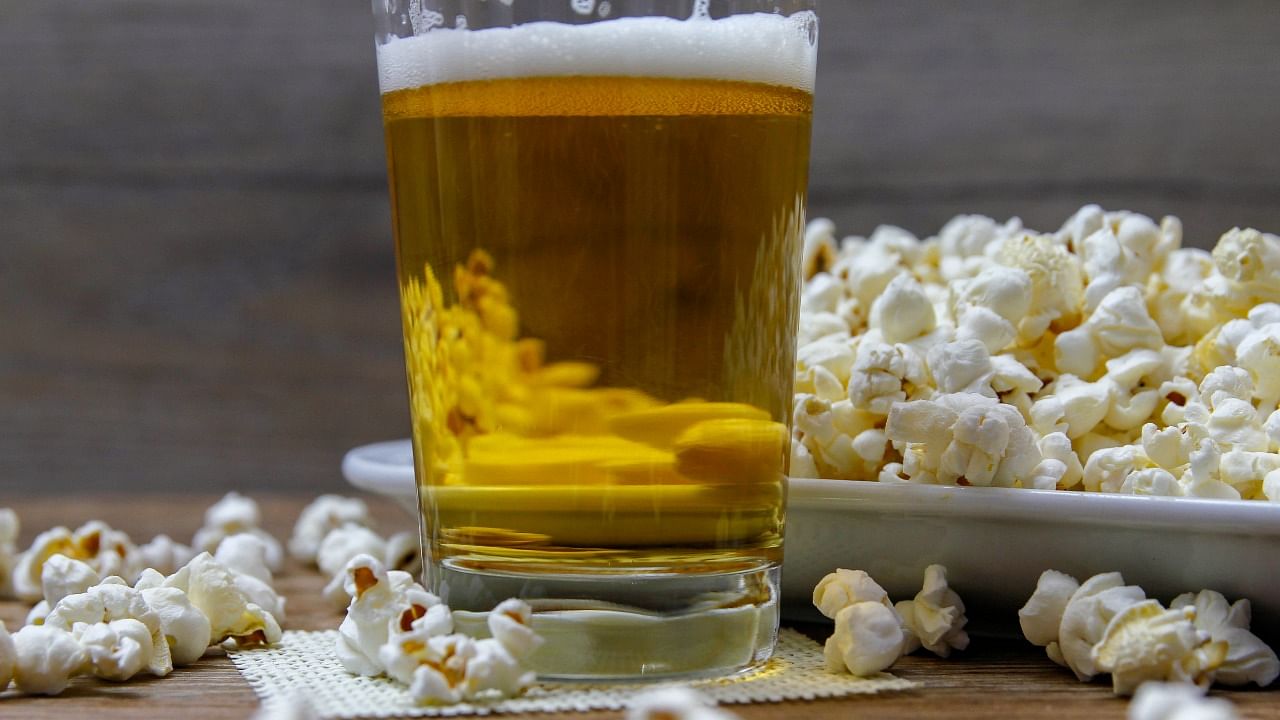
Representative image of beer.
Credit: iStock Photo
Gravity, the force that governs everything from how 'heavy' we feel to the formation of crystals and fluid dynamics, significantly impacts many processes without which life could not survive on earth. However, the absence of gravity can have its benefits. Experiments at the International Space Station (ISS) have shown that drug crystals and 3D prints can be developed more effectively in microgravity.
Now, the experiments have extended to how beer yeast behaves in such conditions. Scientists at the University of Florida conducted an experiment by recreating a mini 'space environment' on Earth with a controlled microgravity setting. The study was aimed to observe the fermentation process of beer yeast, reportedly.
“We are absolutely going to be conducting fermentations under microgravity in the future, as we continue space exploration, and there are going to be outcomes that will be very difficult for us to predict,” Interesting Engineering quoted Andrew MacIntosh, the study’s author, who is an associate professor of food science.
He emphasised the need to anticipate these outcomes to plan future microgravity processes more effectively.
The researchers chose beer for their study due to its long history and well-understood brewing process. Barley, sourced from Live Oak, Florida, was processed to create a liquid solution derived from grains called 'wort'. This wort was then divided into six samples. Each sample was inoculated with Saccharomyces pastorianus, a yeast species used for lager brewing, to initiate the fermentation process.
Three samples were kept in normal conditions, while the remaining three were placed under simulated microgravity using a clinostat, which spins the samples around a horizontal axis.
The results showed that yeast not only survived but also fermented at a faster rate than in normal conditions. In the control group, fermentation reached its midpoint in 28.2 hours, whereas it took just 21.2 hours under simulated microgravity conditions.
Researchers attributed this faster fermentation to the yeast’s constant suspension, which enhanced the nutrient availability by preventing the yeast from settling at the bottom.
MacIntosh expressed enthusiasm for future studies, noting, “This study is definitely the first piece in the puzzle, and I’m excited to do more.”